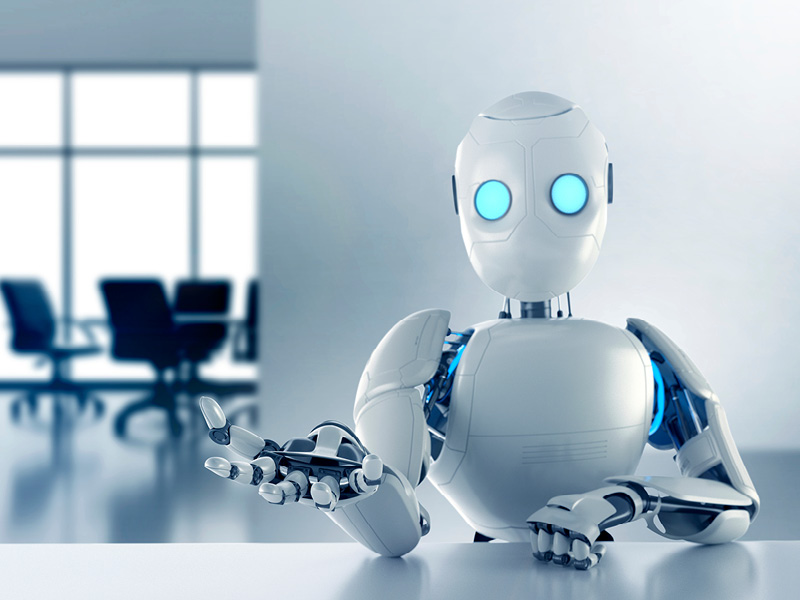Robotic technologies and innovations in artificial intelligence (AI) are powering automation, equipping digital leaders with the necessary tools to drive down costs, improve control and increase efficiencies. In the process, workforces are being fundamentally reinvented.
Today, there exists a spectrum of robotic options at the disposal of senior executives — from desktop automation where a human manually operates and initiates a sequence of automated steps, to virtual assistants that replicate human behaviour to execute repetitive activities without assistance. At their most advanced, artificially intelligent robotics have cognitive brains that consist of multiple technologies and enable computers to sense, understand, perceive, learn, reason and infer.
It comes as no surprise that the recent surge in these types of AI-powered robotic solutions has caused the dissolution of legacy models and hierarchies, replacing them with new workforce solutions. Take the highly laborious, yet critical task of moving products from one area of a warehouse to another. Automating this logistical process using AI robots is a sure-fire win for enterprise, as Samsung proved when it deployed robotic driverless electric vehicles across factories in Russia. These robots enabled warehouse vehicles to move around autonomously, an innovation expected to streamline 80% of the company’s production process. By using vision sensors to see the environment around them, the system builds a mathematical model and makes decisions on the preferred route using obstacle-avoidance manoeuvres.
Robotic processes can go beyond menial logistical tasks when AI steps in and applies machine learning to guide actions. In the United States, farmers are improving yields by implementing AI-enabled crop management systems. These tools combine computer vision and machine learning with their robotic systems to apply plant-by-plant fertiliser wherever needed. Using advanced algorithms, ‘LettuceBot’ not only takes care of unwanted weeds among the lettuce crop, but also addresses growing conditions that are less than optimal — such as identifying sprouts that are too close to each other, and removing the ones least likely to thrive.
These case studies emphasise the fact that leaders are increasingly embracing robotics to not just take advantage of the breakneck pace of digital change, but to also create a new digital world where they hold competitive advantage.
Senior executives wanting to access the full power of virtual workforces should keep 5 critical factors in mind:
-
Stakeholder buy-in:
The implementation of robotic-based solutions requires sustained support from key stakeholders. This includes C-suite executives, business owners, and subject matter experts currently performing the processes, as well as the various IT teams who will need to ensure the technology smoothly integrates with the work environment. IT would also be responsible for the maintenance of the robots. Real time monitoring is necessary, because as the business changes, the functions of the robots may change as well.
-
Forecasting:
The prospect of increasing automation and maximising cost efficiencies is a key selling point of robotic technologies. Maximising this benefit requires firms to analyse process suitability, map current resources and forecast future resource needs in a virtual workforce. It’s also important to consider what happens to roles that have been displaced by robots. Humans should be given valuable roles that align with the core business objectives — roles that require critical thinking, creativity, and innovation.
-
Data awareness:
Understanding data restrictions, such as regulatory requirements related to data confidentiality, is essential for determining optimal technical architecture and managing resources effectively.
-
Policy changes:
As with any new innovation, robotics may raise questions among stakeholders and require certain policy changes. Organisations will want to assign robots their own credentials and establish governance measures to ensure overall security by enhancing accountability and transparency.
-
Cross-departmental collaboration:
Robotic processes work at their optimum when implemented as part of a culture of continuous improvement. Firms that lack consistent robotic standards across departments face unnecessary duplication and the challenge of coordinating multiple tools and teams.
Robots are already working side by side with people across every discipline, and in the process, this rapidly evolving technological innovation is reshaping our world and the way we work. Organisations who evolve alongside these innovations will be the first to establish their place in the next evolution of the workforce.







